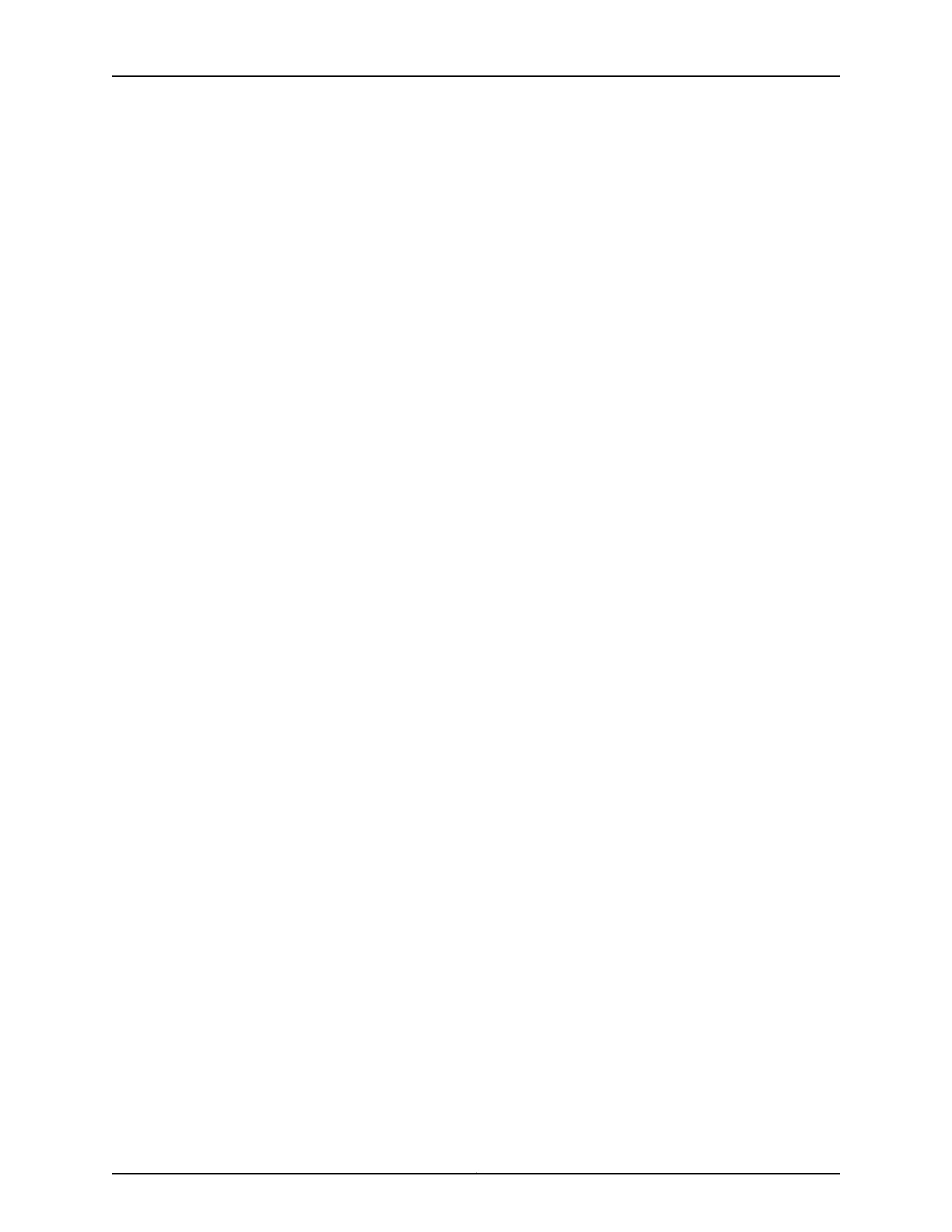fail filter that accepts all packets with a source address of 0.0.0.0 and a destination
address of 255.255.255.255.
For more information about unicast RPF, see the Junos OS Routing Protocols Library. For
more information about defining fail filters, see the Routing Policies, Firewall Filters, and
Traffic Policers Feature Guide.
To configure unicast RPF, include the rpf-check statement:
rpf-check;
You can include this statement at the [edit interfaces interface-name unit
logical-unit-number family (inet | inet6)] hierarchy level.
Configuring Unicast RPF Loose Mode
By default, unicast RPF uses strict mode. Unicast RPF loose mode is similar to unicast
RPF strict mode and has the same configuration restrictions. The only check in loose
mode is whether the packet has a source address with a corresponding prefix in the
routing table; loose mode does not check whether the interface expects to receive a
packet with a specific source address prefix. If a corresponding prefix is not found, unicast
RPF loose mode does not accept the packet. As in strict mode, loose mode counts the
failed packet and optionally forwards it to a fail filter, which either accepts, rejects, logs,
samples, or polices the packet.
To configure unicast RPF loose mode, include the mode:
mode loose;
You can include this statement at the [edit interfaces interface-name unit
logical-unit-number family (inet | inet6) rpf-check] hierarchy level.
Unicast RPF and Default Routes
When the active route cannot be chosen from the routes in a routing table, the router
chooses a default route. A default route is equivalent to an IP address of 0.0.0.0/0. If
you configure a default route, and you configure unicast RPF on an interface that the
default route uses, unicast RPF behaves differently than it does otherwise. For information
about configuring default routes, see the Junos OS Routing Protocols Library.
To determine whether the default route uses an interface, enter the show route command:
user@host> show route address
address is the next-hop address of the configured default route. The default route uses
the interfaces shown in the output of the show route command.
The following sections describe how unicast RPF behaves when a default route uses an
interface and when a default route does not use an interface:
•
Unicast RPF Behavior with a Default Route on page 807
•
Unicast RPF Behavior Without a Default Route on page 807
Copyright © 2017, Juniper Networks, Inc.806
ACX Series Universal Access Router Configuration Guide

